The Dutch Republic was extremely rich for its time
and it took a long time for industrialized nations to surpass its per capita GDP
Make someone’s day: Gift a subscription to your friends and family!
Of all the pre-industrial nations in history, I think my favorite is the Dutch Republic. Rarely has there been a people so innovative, so hard-working, so cooperative with each other, and so willing to fight for their own independence and rights.
I respect that!
To give a very brief overview of the history of the Dutch Republic, it:
became an economic and military powerhouse while it was fighting for its independence from the Spanish Empire (the most powerful empire in the world).
finally won its independence from the Spanish Empire in the Peace of Westphalia of 1648.
entered its glory years as an independent Great Power until:
it was finally crushed and dissolved by France in the early 19th Century (boo, hiss!). Just as in Venice, the French revolutionary Republicans destroyed a once-great republic forever.
After the end of the Napoleonic wars, the European Powers decided to make the Netherlands a monarchy at the Congress of Vienna. The Netherlands would remain a very prosperous people, but it never regained its status of a Great Power or the richest nation in the world.
The Dutch Glory Years were over… <cue Taps>.
But the Glory Years for humanity were just getting started, and we must not forget the critical role that the Dutch Republic played in creating those Glory Years.
The Dutch Republic is often forgotten
While the Industrial Revolution gets enormous amounts of attention from economic historians and general historians, the Commercial societies that preceded this transformative event often get ignored. The most important of those Commercial societies was the Dutch Republic.
Many economic historians start with an inaccurate view of pre-industrial Europe. Whenever one reads books about the Industrial Revolution in Britain, the author typically starts with an overview of pre-industrial society. Invariably, the author notes that pre-industrial society was trapped in a Malthusian world where:
It was very difficult to increase agricultural productivity.
When it was achieved, the result was an increase in the number of babies.
Those babies gobbled up the food surplus leaving the general standard of living of the populace unchanged.
This Malthusian account was roughly accurate for the vast majority of societies before the Industrial Revolution. But it is very important to understand that it was not true for all of them. There were, in fact, a small number of societies in Northwest Europe that were economically very dynamic and their citizens experienced substantial increases in material standard of living.
And the Dutch Republic was the wealthiest of all of them.
The Joys of Mercantilism
It is somewhat of a miracle that the tiny Dutch Republic was able to defeat the most powerful empire in the world, the Spanish Empire. This was even more improbable than the United States doing the same in the 1770s/80s. And due to geography, the Dutch Republic was born in a pretty rough neighborhood.
Unfortunately, to prosper the Dutch Republic had to defeat other empires as well, particularly the French Empire and the English/British. While today, we tend to take free trade and peaceful access to the world’s oceans for granted, but back then the great European Powers believed in mercantilism:
Kingdoms were engaged in a zero-sum struggle for wealth and power. This mercantilistic worldview fused economics, trade, foreign policy, and military policy. The idea that mutual voluntary trade could enrich all nations was inconceivable to most leaders at the time.
The goal of mercantilism was to maximize exports, particularly in high-value-added finished goods, while minimizing imports from outside the empire. This would increase domestic gold reserves that could be invested in:
Building powerful armies to defend the kingdom and attack rival kingdoms
Building a powerful naval force that:
protected domestic commercial shipping and
could be used to destroy other kingdoms’ commercial shipping during times of war.
Colonial expansion in the New World and maritime Africa and Asia. This would enable direct extraction of key raw materials that could be imported to the mother country for manufacturing and reexport. Tariffs and export restrictions kept the colonies in a subordinate position.
So in the world of the 17th and 18th Century, it was not enough to have highly competitive export industries. It was also necessary to have:
a powerful army to protect the homeland from invasion,
a powerful navy to protect nautical commerce and destroy the opponent’s distribution network.
colonies to supply raw materials for those export industries.
In such a world, the tiny Dutch Republic was at a huge disadvantage compared to the British and French empires. I believe this was the ultimate reason for the relative decline of the Dutch Republic and its final fall.
If the current American-backed global free trade system were in existence in 1648, the Dutch Republic might well have come out ahead and stayed ahead for centuries. But in the ruthless world of mercantilism, the Dutch Republic was at a huge disadvantage against the more populous British and French empires.
When did the Dutch Republic peak?
My guess is that the actual peak in the material standard of living of the Dutch Republic was sometime around the Franco-Dutch war from 1672 to 1678.
The year 1672 is known as the Rampjaar, or “Disaster Year.” This was when the two Great Powers of Northwest Europe teamed up to invade the Dutch Republic. Louis XIV of France was then at the peak of his powers, and his diplomats managed to convince Charles II of England to switch sides and try to crush the Republic once and for all. The war fused together the Catholic vs. Protestant conflict with Great Power competition and economic competition. The combination of the French land invasion and the English naval blockade came very close to annihilating the Dutch Republic.
Fortunately for the Dutch, the Republic barely held on, and this near-death experience was pivotal to the decision of William of Orange to counter-invade England in the famous Glorious Revolution of 1688 (which was actually a successful Dutch invasion of England, not a purely domestic affair). So the Dutch stadtholder (kind of like a king of Holland, but not really…) became the most important kings in English history. During the following period, the English were smart enough to copy everything Dutch in agriculture, trade, finance, manufacturing, and transportation.
Many contemporaries remarked on the dramatic downturn of the Dutch economy during the Franco-Dutch war, and the Dutch economy likely never recovered completely from the war. Now England rapidly took its place as the premiere trading and naval power. To be clear, the Dutch Republic remained the richest polity in the world for quite some time, but its growth rate was at the very least much slower and more likely negative.
The Dutch Republic would now play third fiddle to the more populous British and French empires. Both nations used naval power and tariffs to stifle Dutch overseas trade. The fact that Britain and France geographically blocked Dutch access to the Atlantic surely played a significant role as well.
Just how rich was the Dutch Republic?
Angus Maddison’s estimates of historical per capita GDP, the Dutch Republic peaked sometime around 1700 at $2130. It is important to keep in mind that these figures are just estimates and the estimates during that time period are only once per century (i.e. 1500, 1600, 1700, and 1800).
$2130 is roughly four times the subsistence level income of $500 per year. By today’s standards that is incredible levels of poverty, but back in 1700, that was a level of prosperity that the world had never seen.
Now one might think that the Industrial Revolution blew those levels of development away quickly. In the long run that is true, but it is amazing how long it took for industrial nations to catch up to those levels.
Here is a list of nations and the year that they surpassed $2130 per capita income. Notice how long after 1670 it took:
United Kingdom: 1846 (long after most economic historians think the Industrial Revolution started, and over 150 years since the peak of the Dutch Republic!)
Australia: 1848
Belgium: 1856 (the first nation on the European continent to industrialize, almost 200 years since the peak of the Dutch Republic!)
United States: 1860 (the most populous nation to industrialize up until very recently)
New Zealand: 1860
Switzerland: 1873 (the second nation on the European continent to industrialize)
Denmark: 1879
Austria: 1881 (I am a little skeptical of this estimate…)
France: 1881
Germany: 1883 (the greatest power on the European continent)
Canada: 1888
Sweden: 1898 (so by the end of the 19th Century, only 12 nations had surpassed the per capita GDP of the Dutch Republic in 1700!)
Italy: 1907 (we are already into the 20th Century!)
Norway: 1909
Spain: 1920
Finland: 1923
Czechoslovakia: 1923
Greece: 1925
Hungary: 1925
Japan: 1936 (the first nation in Asia to industrialize)
USSR: 1948
Poland: 1950
Hong Kong: 1950
Singapore: 1950
Portugal: 1951
Turkey 1957
Taiwan: 1968
South Korea: 1970
Thailand: 1977
Botswana: 1983
Indonesia: 1988
China: 1992 (the most populous nation to industrialize in world history)
India: 2003 (now we are in the 21st Century)
So what can we learn?
I think that there are a few historical lessons that we can learn from the Dutch Republic:
Dynamic and inventive societies with high-value-added export manufacturing long preceded the Industrial Revolution.
Pre-industrial Commercial societies had amazingly high material standards of living compared to both:
Agrarian societies at the time (i.e. the rest of Eurasia) and
even 19th-century Europe and North America.
Until quite recently a nation’s economic competitiveness and material standard of living were heavily conditioned by its military power compared to its rivals. A nation could become rich through economic competitiveness, but if that nation could not defend itself and its trade lanes, it would not stay that competitiveness for long.
Until about 1990, it would take nations a very long time to industrialize and increase their citizen’s material standard of living beyond what pre-industrial Commercial societies achieved. This was largely due to the American-backed global free trade system, which changed the incentives of political leaders from waging wars of conquest to outcompeting other nations economically.
You can read more articles about Commercial societies in history:
Why Commercial societies are the most important type of society that you have never heard of
Did the British Industrial Revolution occur in the 17th century?
The historical significance of the Industrial Revolution in Britain
If you enjoyed reading this series of articles, you might also be interested in reading my “From Poverty to Progress” book series:

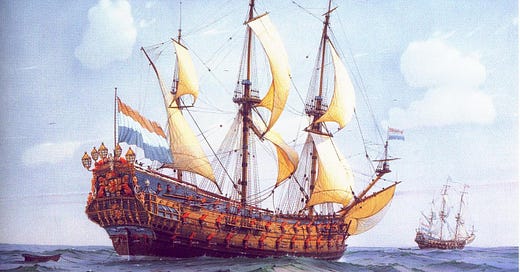



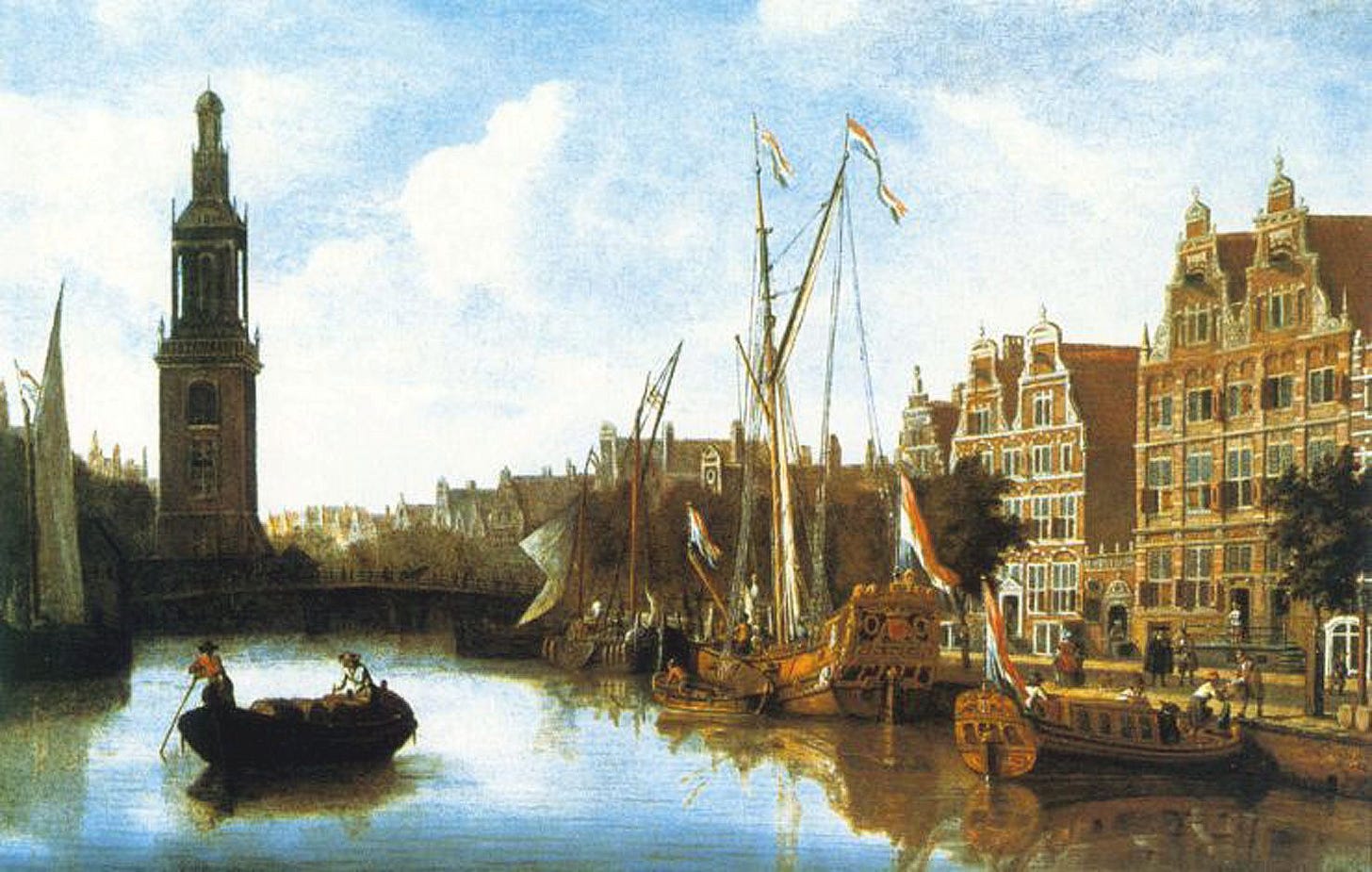
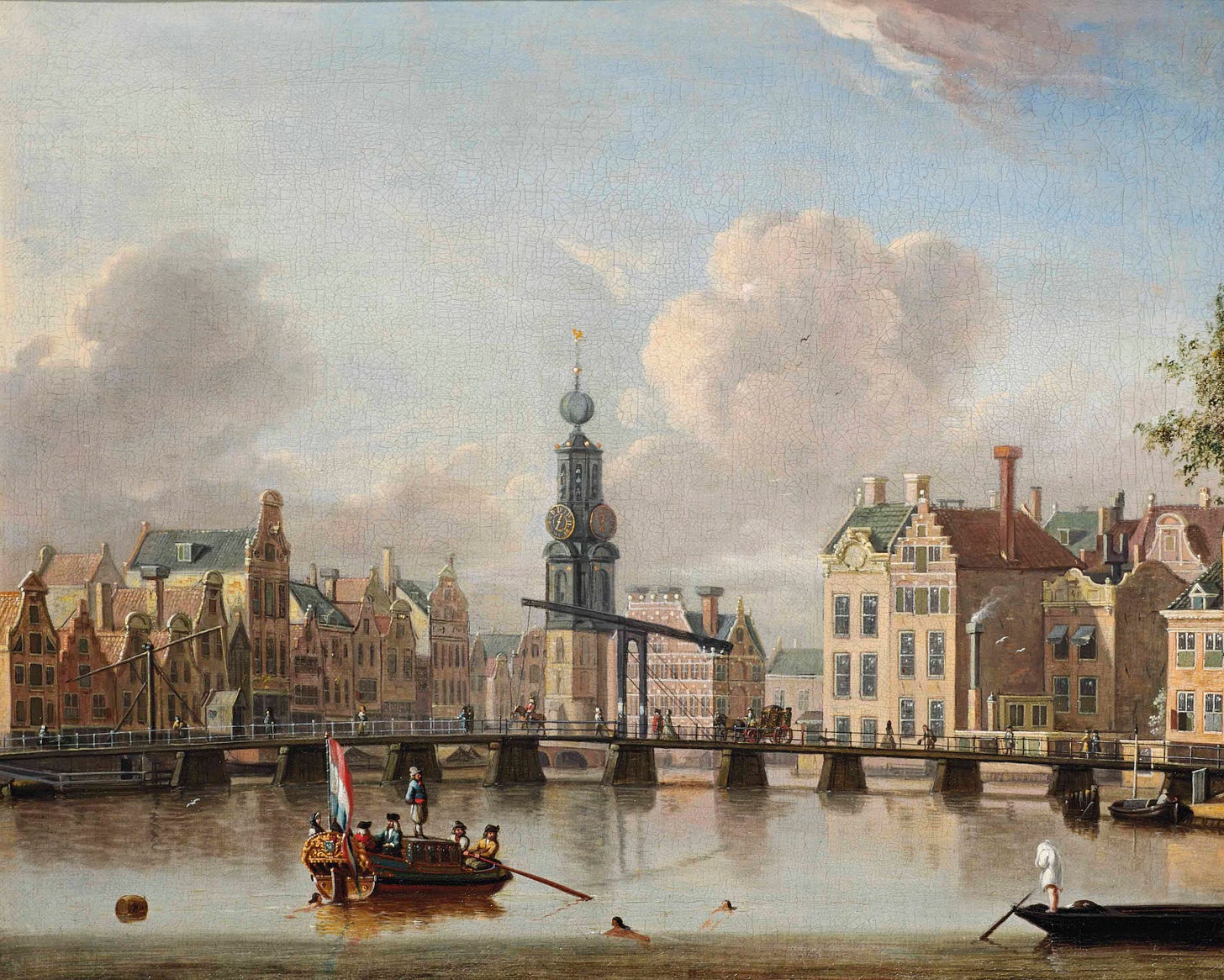
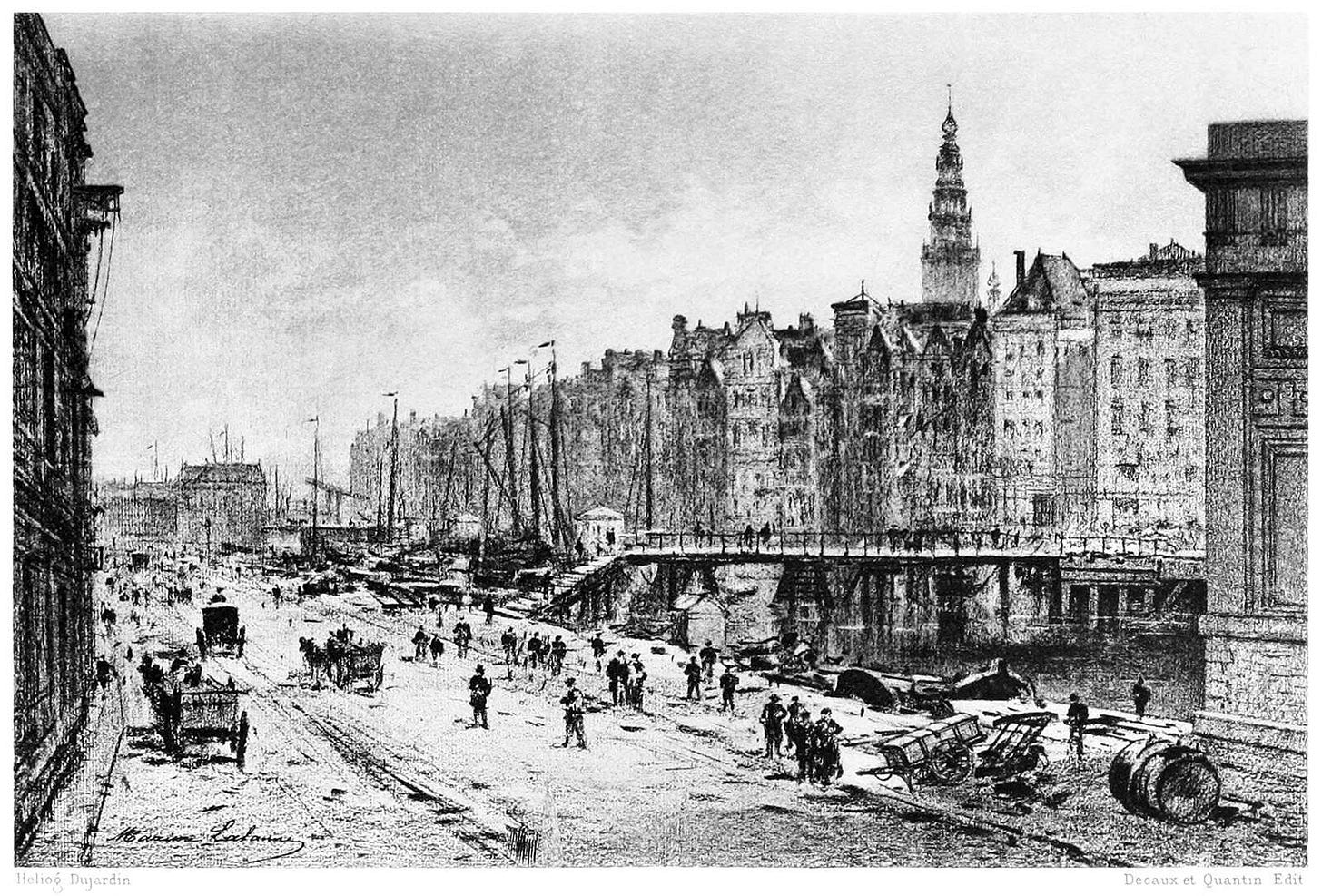

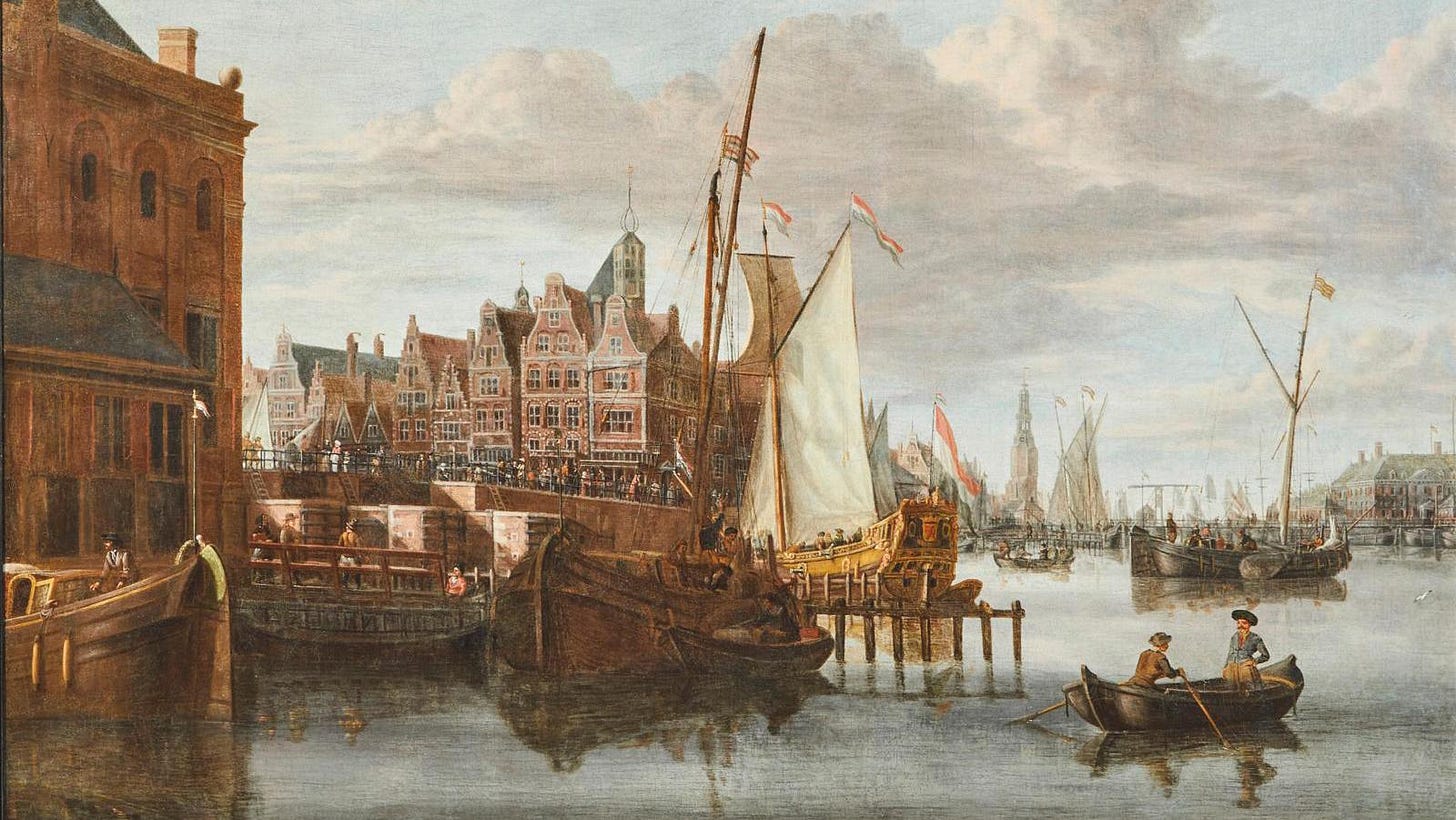

Thank you! I really enjoyed this article!
Michael, I also love the Dutch Republic. They are where John Locke got many of his ideas from, as they embraced Enlightenment principles before they were even written down. Religious tolerance was the critical piece: "let's stop killing each other over rival interpretations of God and focus on making money." And it worked!
Your comments about Malthus are funny. You have to have some pity for Malthus and Ricardo, slaving away on theories to describe a subsistence agrarian economy that was already disappearing faster than they could write. (Unfortunately that hasn't stopped people from trying to apply them still. Is Paul Ehrlich still around?)